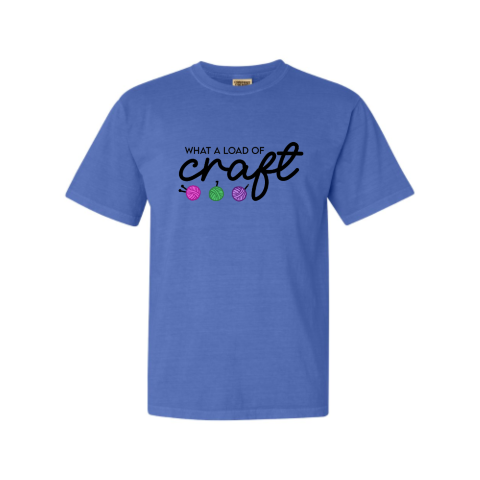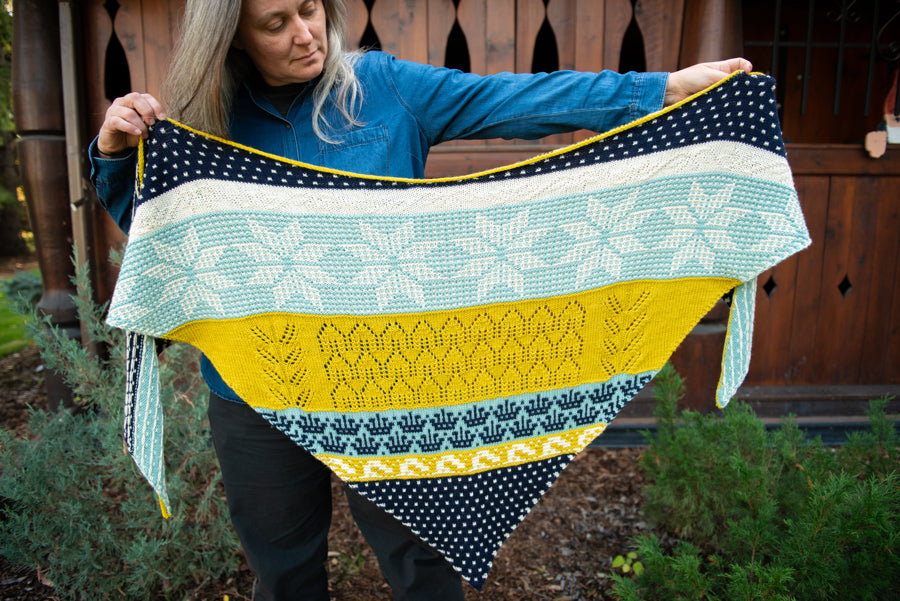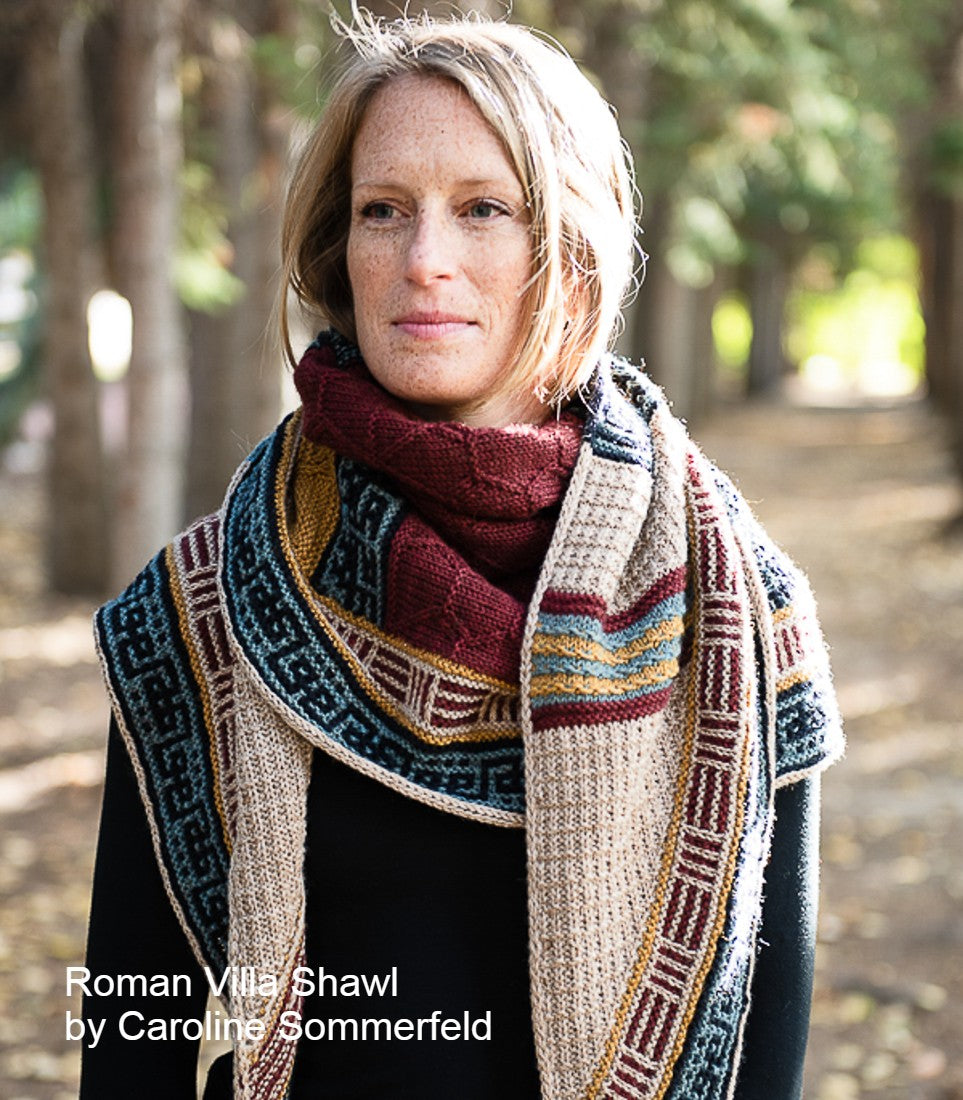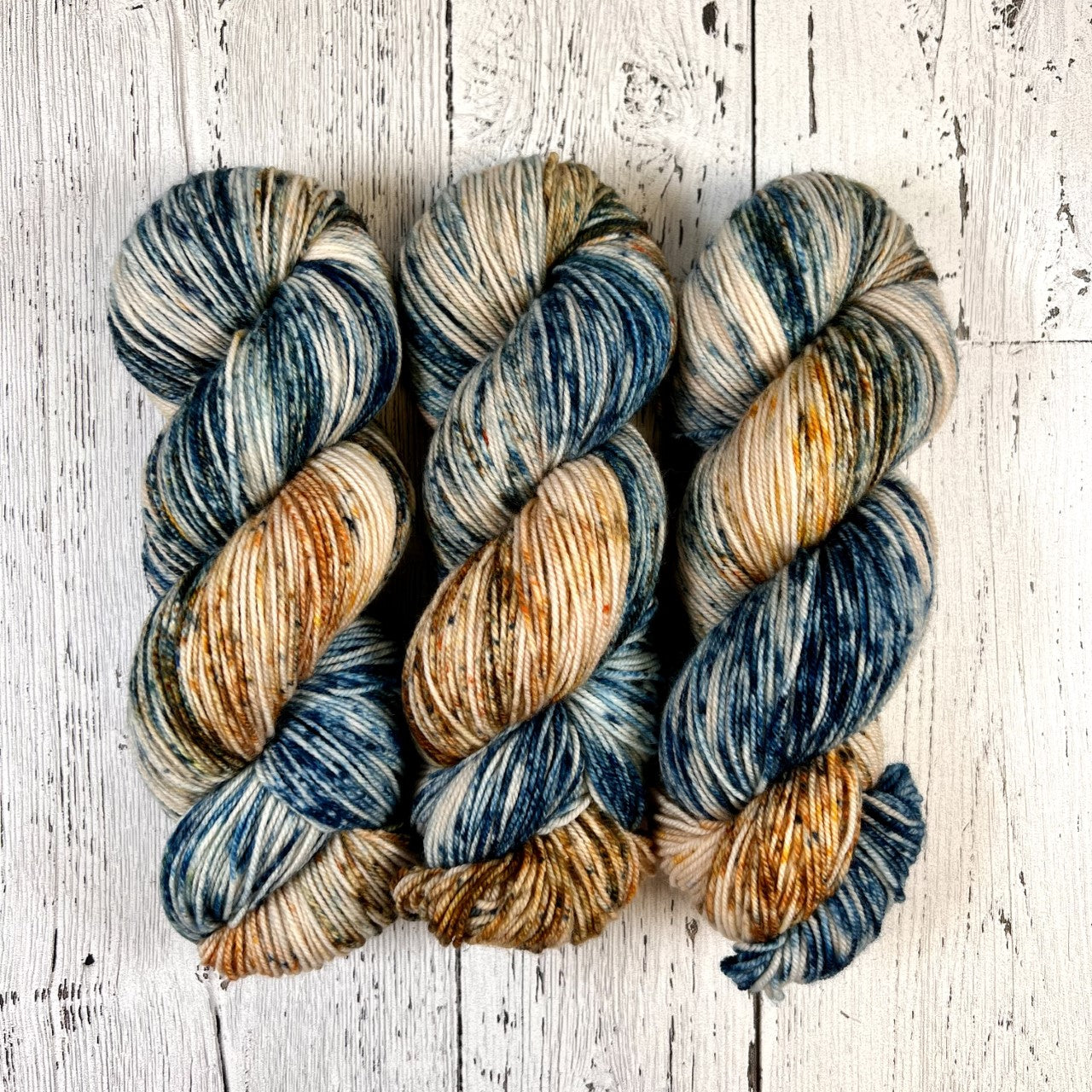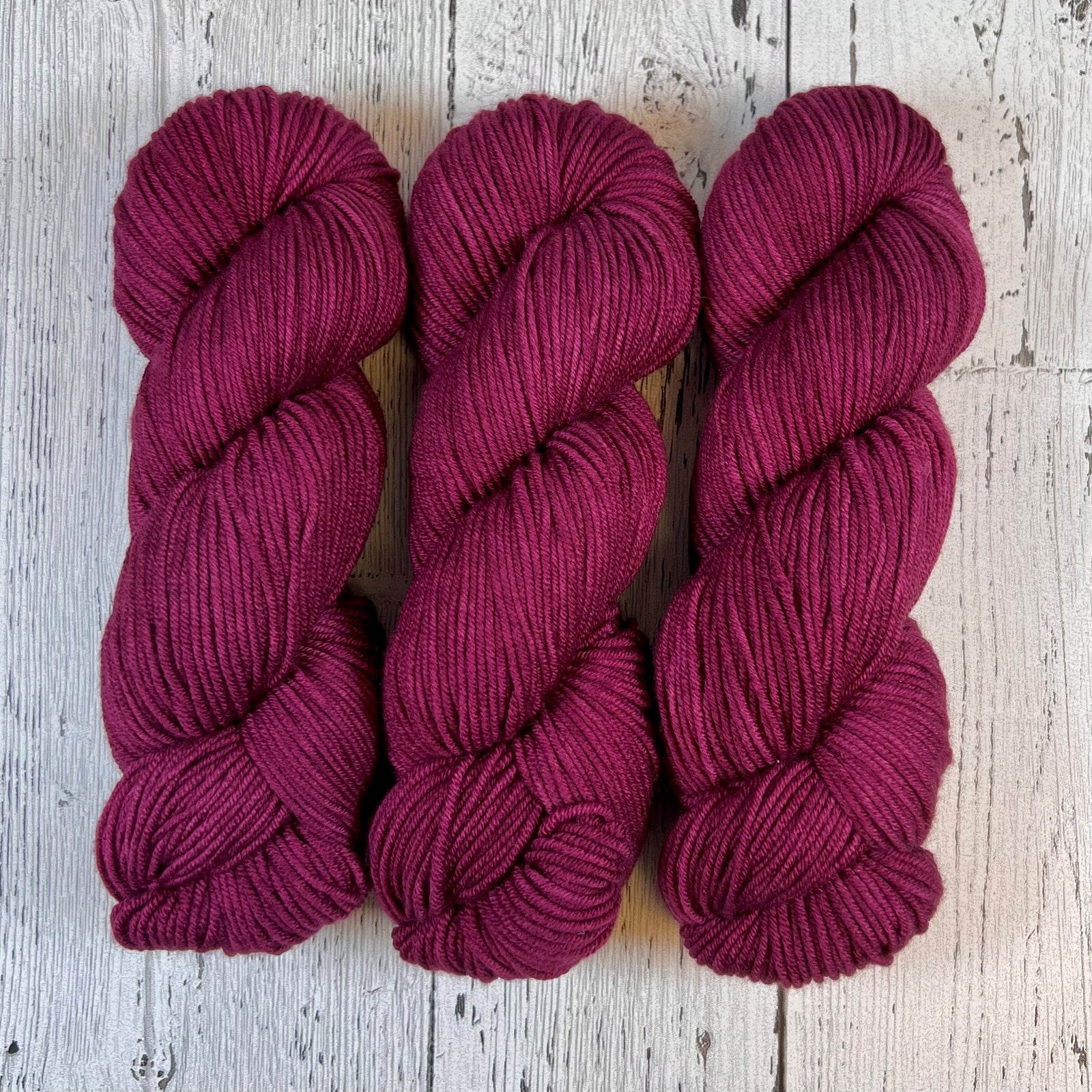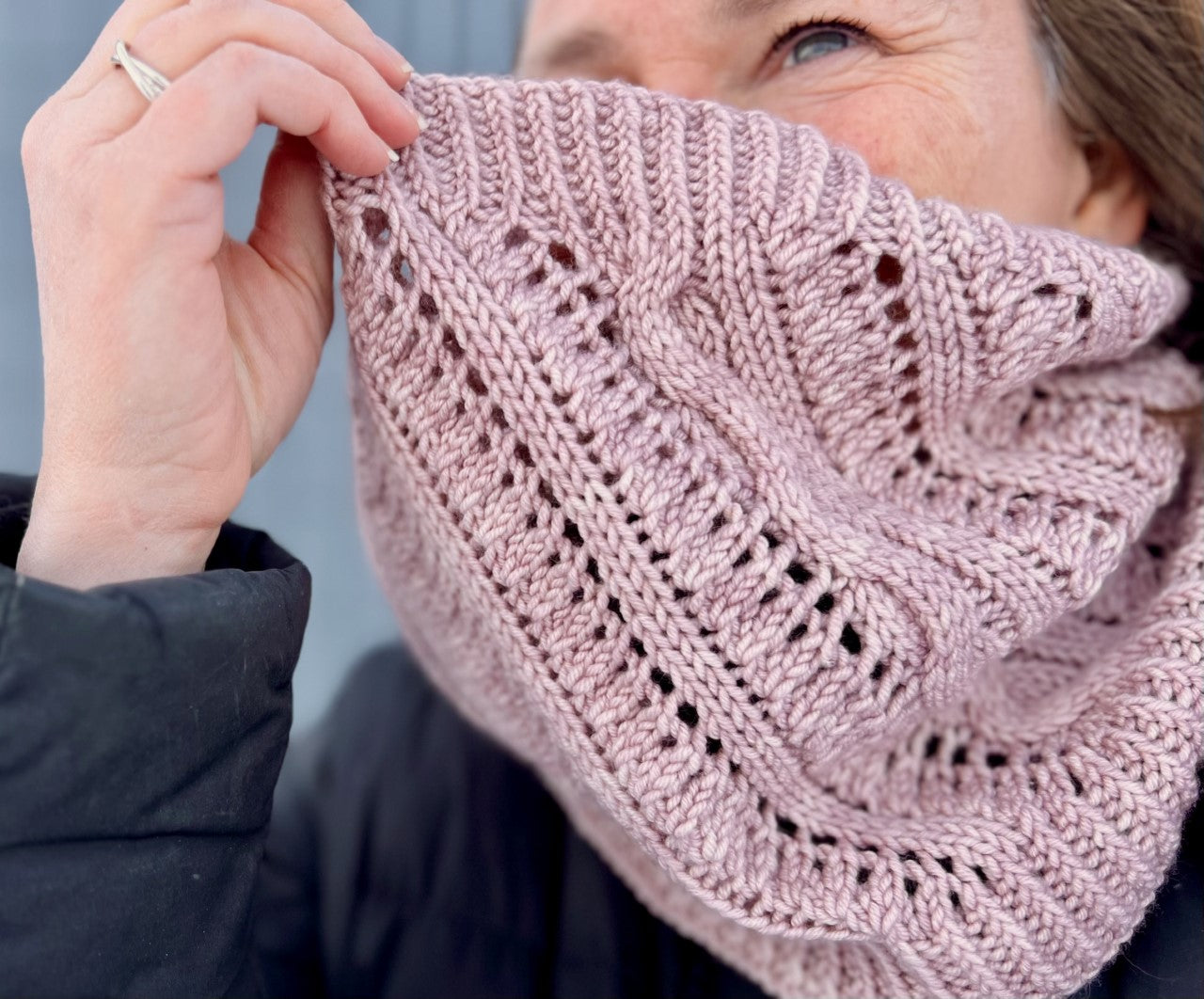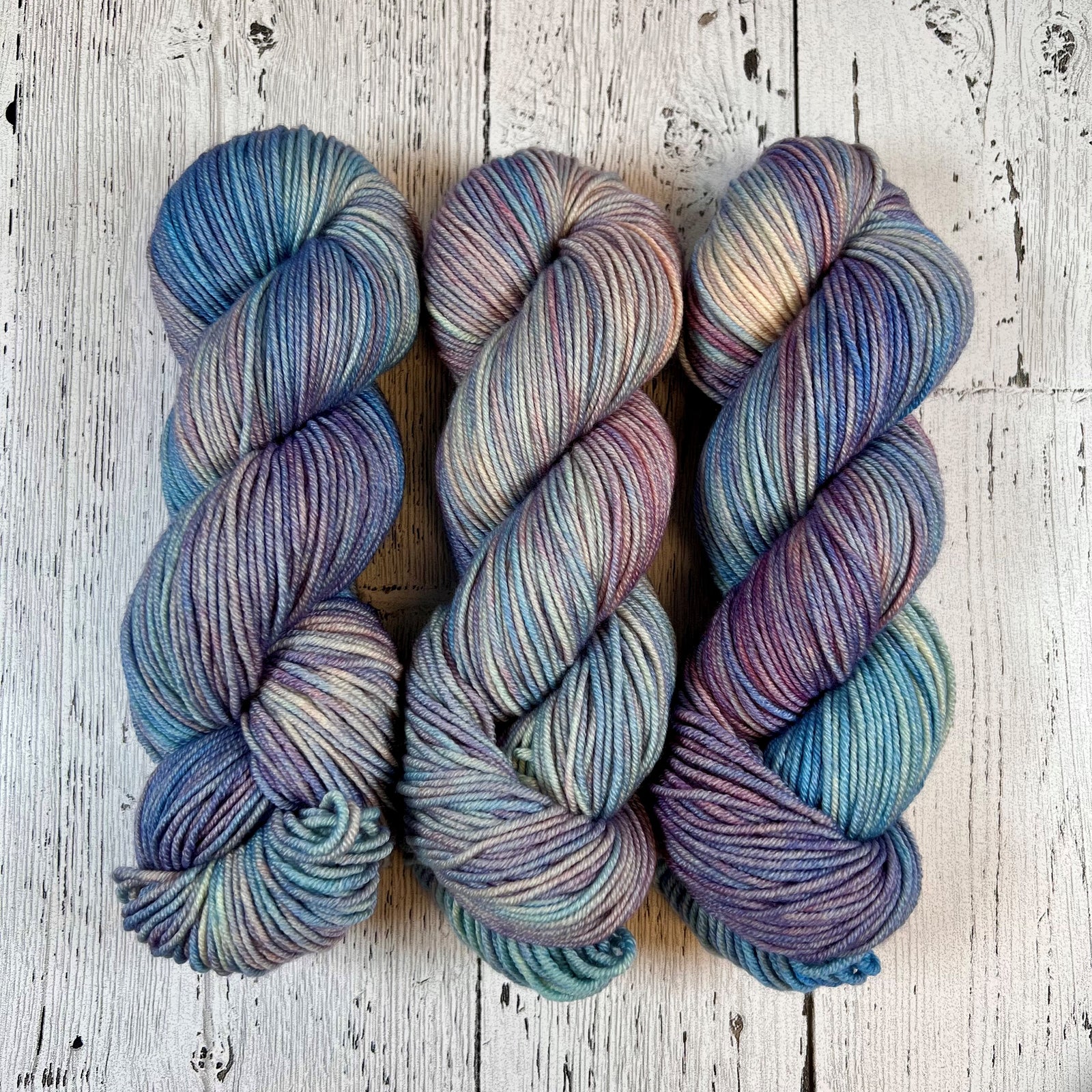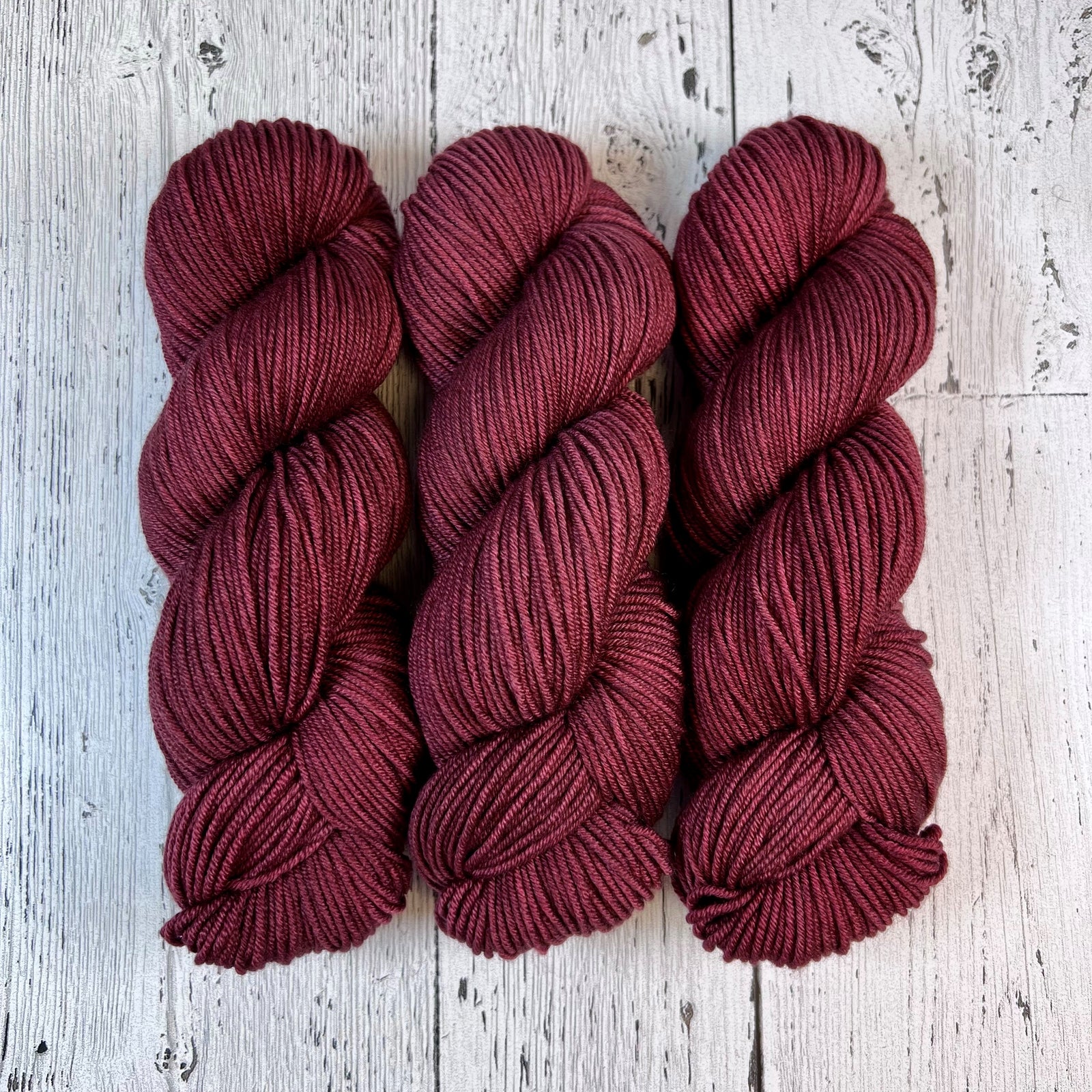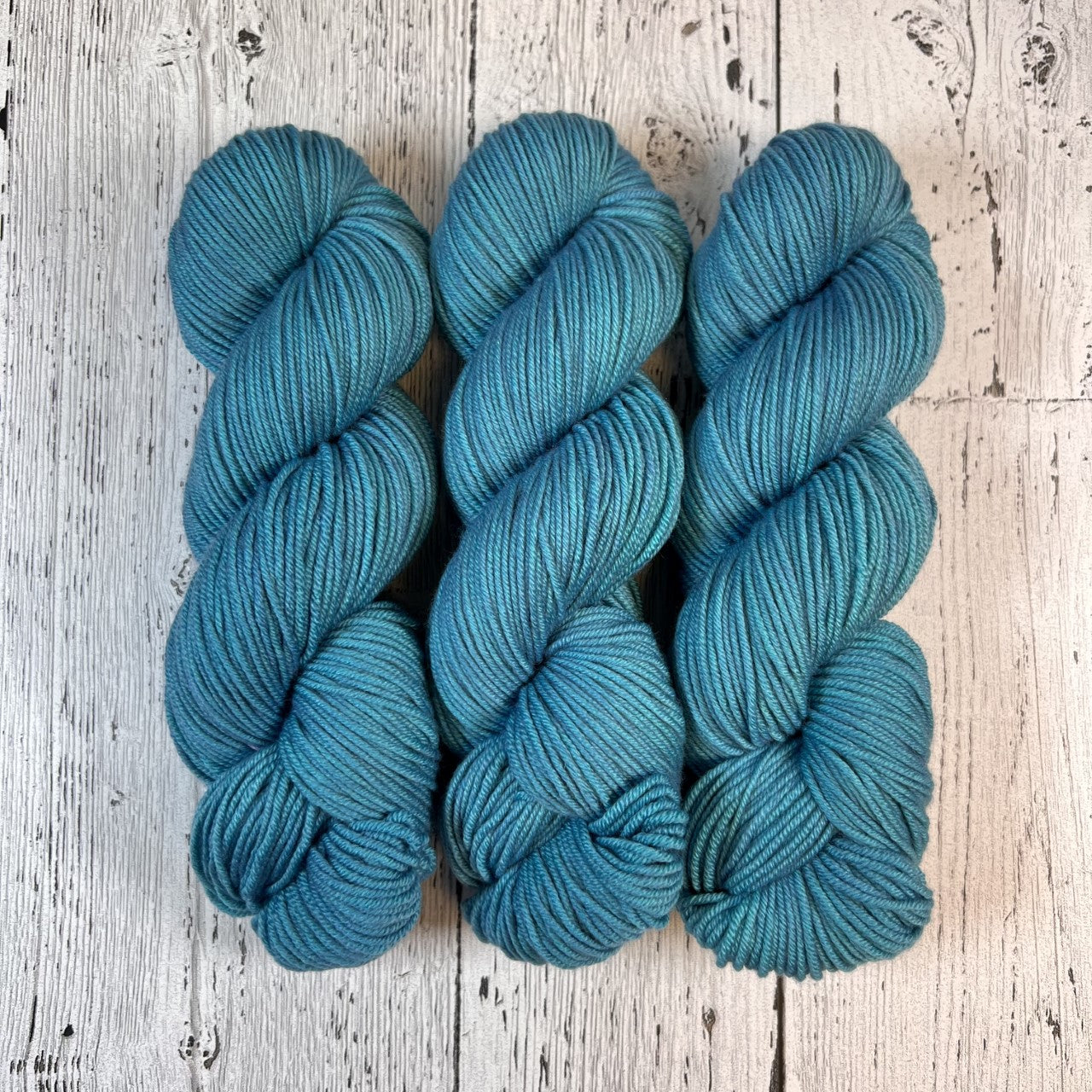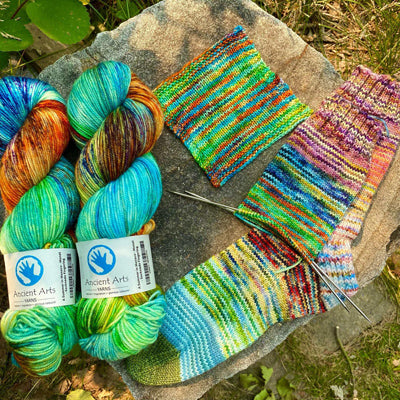November 2024 - Klee: Autumn Flowers (1922)
Paul Klee (1879-1940) was a Swiss-born painter, whose work has been associated with Expressionism, Cubism, Futurism, Surrealism, and Abstraction. He was part of the early 20th-century European avant-garde movement, alongside artists like Wassily Kandinsky and Franz Marc, both of whom he collaborated with during his time in the influential Der Blaue Reiter (The Blue Rider) group. Klee's art defies easy categorization, drawing from a broad range of influences such as children’s art, the unconscious mind, the world of dreams, and music. These sources allowed him to develop a unique, whimsical, and symbolic visual language, which remains compelling today.
Klee’s artistic journey began with a deep love for music, which was integral to his family—his father was a music teacher, and Klee himself was a talented violinist. Although music was his first creative outlet, he chose to pursue visual art. The works of Renaissance masters left a strong impression on him, but Klee would come to reject traditional forms of representation. His mature works are known for their playful geometry, delicate line work, and evocative use of color, inspired by both his natural surroundings and the abstract qualities of sound.
One of the most significant periods in Klee’s life was his tenure at the Bauhaus, the famous German school of art and design, where he taught from 1921 to 1931. At the Bauhaus, Klee worked alongside modernist pioneers like Kandinsky and developed a theory of color that would influence his paintings as well as his teaching. He believed color had the power to evoke emotion and that it functioned in art much like rhythm does in music. This period marked some of his most prolific years, with works like Senecio (1922), which exemplifies his use of simple geometric forms and bold colors to create a portrait full of both humor and depth.
In 1933, Klee’s career was dramatically interrupted by the rise of the Nazi regime in Germany. Considered "degenerate" by the Nazis, his works were removed from museums, and he was forced to flee to Switzerland, where he would spend his final years. During this period, his work became darker and more introspective, reflecting his declining health and the political turmoil of the time. Nevertheless, he continued to paint prolifically, producing some of his most emotionally charged and personal works, such as Death and Fire (1940), in which themes of mortality and suffering are prominent.
Paul Klee’s legacy endures as one of the most inventive and influential artists of the 20th century. His distinctive blend of abstraction, humor, and symbolism continues to resonate with modern audiences. Klee’s art reminds us that creativity often stems from breaking down boundaries—between reality and imagination, between different artistic mediums, and between conscious thought and the subconscious. His works invite viewers into a world where symbols and shapes come alive with meaning, offering new perspectives with each viewing.
Socknado - 80% SW Fine Merino / 20%Nylon
350 meters / 385 yards per 100 gram / 3.5 oz skein
Gauge: 27 - 32 sts / 4 inches (10 cm) US 1.5 - 3 or 2.5 - 3.25 mm
While we make every effort to represent colour accurately, they may vary slightly when viewed on different monitors.

